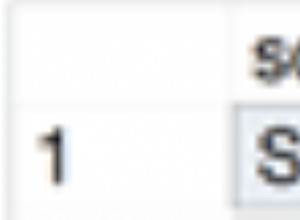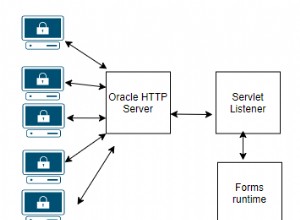Devi creare un cursore per scorrere il set di record.
Esempio di tabella:
CREATE TABLE Customers
(
CustomerId INT NOT NULL PRIMARY KEY IDENTITY(1,1)
,FirstName Varchar(50)
,LastName VARCHAR(40)
)
INSERT INTO Customers VALUES('jane', 'doe')
INSERT INTO Customers VALUES('bob', 'smith')
Cursore:
DECLARE @CustomerId INT, @FirstName VARCHAR(30), @LastName VARCHAR(50)
DECLARE @MessageOutput VARCHAR(100)
DECLARE Customer_Cursor CURSOR FOR
SELECT CustomerId, FirstName, LastName FROM Customers
OPEN Customer_Cursor
FETCH NEXT FROM Customer_Cursor INTO
@CustomerId, @FirstName, @LastName
WHILE @@FETCH_STATUS = 0
BEGIN
SET @MessageOutput = @FirstName + ' ' + @LastName
RAISERROR(@MessageOutput,0,1) WITH NOWAIT
FETCH NEXT FROM Customer_Cursor INTO
@CustomerId, @FirstName, @LastName
END
CLOSE Customer_Cursor
DEALLOCATE Customer_Cursor
Ecco un collegamento a MSDN su come crearli.
http://msdn.microsoft.com/en-us/library/ms180169 .aspx
Questo è il motivo per cui ho usato Raise Error invece di PRINT per l'output.
http://structuredsight.com/2014/11/24/wait-wait-dont-tell-me-on-secondo-pensiero/




